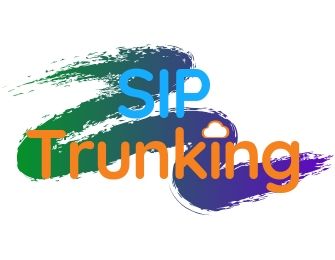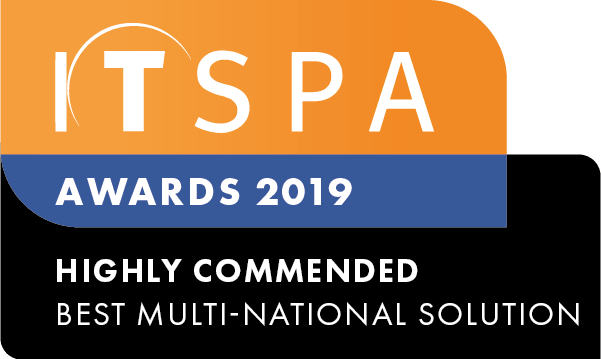When it involves VoIP, there are two forms of models that are most ordinarily deployed – hosted VoIP and SIP trunking. Particularly within the business, every VoIP deployment may be thought of distinctive in the sense that it's tailored to the actual organisation's needs in a way or the opposite. Nevertheless, they can be usually classified as hosted or on-premise, although generally, an organisation might utilise a combination of the two.
How SIP trunking works
To understand SIP trunking, an introduction to SIP is essential. SIP stands for Session Initiation Protocol and is the dominant format used for internet protocol telecommunication. This is a protocol that establishes a VoIP session on the web – the session can be a straightforward voice calls between 2 participants, conference calling between multiple people as well as handling calls for mobile devices or something in between.
SIP trunking works precisely just like the enterprise T1 or PRI lines on the PSTN that connected businesses with the telephone company workplace. Rather than routing voice calls over copper lines and dedicated circuit-switched networks, SIP trunking involves sending the voice calls over data networks like the web or enterprise local area network.
What does SIP trunking require?
Typically speaking, VoIP service over SIP trunks are provided by an ITSP instead of a standard carrier. Companies usually would like a PBX box that may support or is compatible with SIP – additionally known as VoIP or internet protocol PBX. The internet protocol PBX may be organised consistent with the requirements of the business and for numerous varieties of lines, DID numbers and different resources.
Other than the fact that the internet protocol PBX is capable of routing calls over data networks, it can even differ from additional traditional PBX systems in an exceedingly range of different ways. An internet protocol PBX can have support for the extended range of communication services offered by VoIP suppliers and configuration isn't robust.
Apart from the SIP trunk and internet protocol PBX, internet protocol phones are required to make and receive calls. As businesses move towards mobility, additional enterprises are using a mixture of table phones, softphones on computers and mobile devices. Technically these are known as SIP endpoints or SIP clients, and there is a large type of configurations attainable such as many devices pointing to the same number. Such flexibility allows workers to take a call despite that device happens to be nearby (their mobile, internet protocol phone or portable computer while travelling etc.)
The benefits of SIP Trunking
With SIP Trunking, the overwhelming majority of calls never bit the PSTN network particularly calls between the staff inside the same organisation (even if they're in several offices). Different calls will travel over the PSTN for less than a little fraction of the whole distance, so reducing call charges to be paid. Switch over to SIP Trunking will reduce your organisation's telephone bill by as much as thirty to forty per cent. It becomes even more helpful for corporations that create plenty of long-distance calls or receive inbound toll-free calls.
For firms that have established a presence in several countries, SIP Trunking allows them to own virtual numbers with native codes in numerous markets. It lets customers, suppliers and partners in these locations contact the business as if it had a local number rather than using the costlier 800 numbers. These virtual numbers will facilitate the business to establish a foothold in foreign markets even before they open the office and employee begin operating.
Organisations will get pleasure from all the benefits provided by VoIP while not having to abandon existing infrastructure, therefore extending their life. The entire value of possession is far lower with SIP Trunking than hosted VoIP as long as the organisation has the resources for the initial investment. Companies even have way more management concerning the amount of customisation and timing of upgrades instead of hopping on an external vendor.
The costs of SIP Trunking
With each new technology, there are certain advantages and disadvantages. There are only a few services or products that may be classified as continuously useful if so any exist. It's up to every individual company to make a decision that set of compromises it's willing to live with in exchange for the advantages. Identical is true with SIP Trunking.
Getting started with SIP Trunking isn't tough; however, the organisation must understand the technology, how it works and also the analysis before deployment. For several enterprises, SIP Trunking is the best-suited choice in a more and more globalised and digitised business environment.
Looking for a reliable VoIP provider? Sign up at VoIPLine Telecom and get 14-Day free trial to try the best features of our Hosted PBX phone telephone solution.
">]]
">]]











